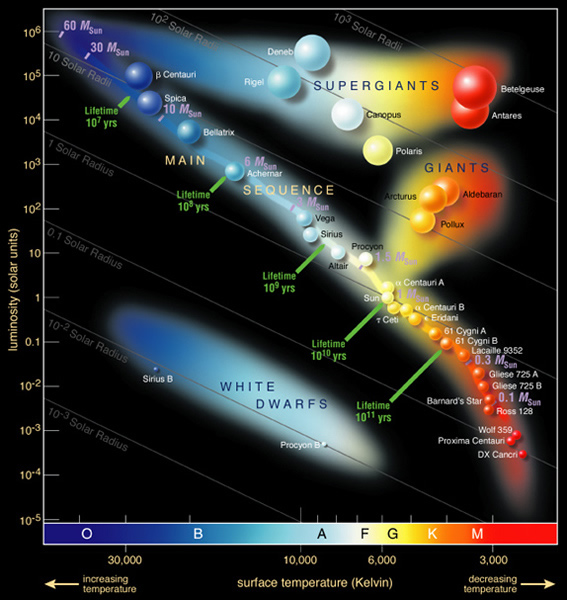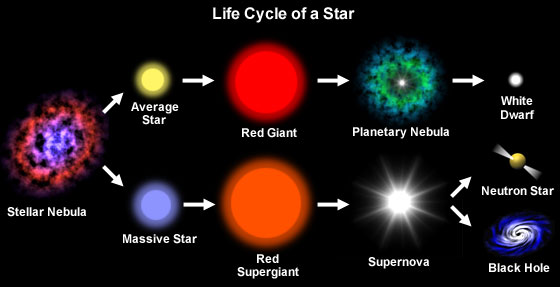Summary:
The Triassic period was when the dinosaurs and mammals evolved.
During this period the Pangea began to brake up apart. The end of the Pangea killed many marine animals and many others. The climate of this period was hot and dry. There were no dinosaurs at the beginning of the Triassic period, but during this period after the Pangea broke up apart the dinosaurs and other mammals evolved. The Triassic period ended because a huge volcanic explosion that killed most of the animals and plants during that time.
Reflection:
1.What did you enjoy most about this project?
That we choose the period we wanted, we had the option to work alone or with partners, to do either a blog or a video and that we learn how the earth its divided by different periods, eras, eon, years and others.
2.What was most challenging about this project? Why?
Remember to save the references, because I was more focused on get all the information and sometimes I had to go back to all the pictures and look for the references, also it took most of the time.
3.What you change about this project and why?
I don't think I would change anything of this project, honestly I liked this project it was easy and we had the option to do it the way we wanted. Maybe I would change to do it with more detailed information.
4.What are 3 things that you learned from this project?
That the Earth was only one continent.
That the dinosaurs died because of a big explosion of a volcano.
Also that the fossils are the mark of a die organism and there existed a lot of different specie's of organism during each period.
Tuesday, December 13, 2011
Sunday, November 13, 2011
The Stars
What is a star?
A Star is a ball of hot gas held into the space by it's own gravity. The hot gas of the star it's right inside in the middle of the star, the interior heat and radiation is provided by nuclear reactions.A star has to go thought different phases and is classified by seven different types of characteristics, this characteristics are; luminosity, type, age, size, color, spectral class, and temperature. Each star has it's own name.All the stars are born in a big cloud of gas and dust call Stellar Nebula after the Stellar Nebula all of the star have to go through different phases.
Types of Stars
H-R Diagram
Nuclear Fusion
The Life Cycle of a Star
All the stars are born in a giant cloud of gas call Stellar Nebula, but all the stars go throught different cycle, it's depend on the type of star it is. The Sun Like stars are born like all stars in the Stellar Nebula, then it become a Red Giant, then it become a Planetary Nebula a star made of gases of the explotion of the Red Giant, then it become a White Dwarf and after that it ends with a Black Dwarf a cold satr that become less and less bright. The Huge Stars, born in the Stellar Nebula, then it become a Red Super Giant, after that it become a Supernova a star created because the explosion of a star, the red supergiant, finally it become a Neutron Star a star formed after the supernova explode, is small and spin really fast. And at least the Giant Star, born in the Stellar Nebula, then it become a Red Super Giant, after that a Supernova a star created because the explosion of a star and finally it become a Black Hole a star that is invisible and make everything that goes in dissapear.
 |
| A STAR |
A Star is a ball of hot gas held into the space by it's own gravity. The hot gas of the star it's right inside in the middle of the star, the interior heat and radiation is provided by nuclear reactions.A star has to go thought different phases and is classified by seven different types of characteristics, this characteristics are; luminosity, type, age, size, color, spectral class, and temperature. Each star has it's own name.All the stars are born in a big cloud of gas and dust call Stellar Nebula after the Stellar Nebula all of the star have to go through different phases.
Types of Stars
 |
| Types of Stars |
There are different types of stars. The most know stars are classified in those four type of stars; Supergiants, Giants, Main Sequence and White Dwarfs. The Supergiants are one of the largest stars, also they are middle age, they are very bright stars and the temperature of the supergiants is middle, most of them are red and the spectral class is from M to A (2,000-10,000). The Giants are cold, bright, they mostly red, they not so big but not small stars, the giants spectral class is M to K (2,000-4,900). The Main Sequence, well the main sequence stars have all the size's, color's, temperature, luminosity, all the spectral class M to O (2,000-50,000), because they everywhere. The White Dwarfs, those stars are hot stars, but dim stars, the color of those stars are white and blue white, those stars are very small and the spectral class for those stars is G to B (4,900-28,000).
H-R Diagram
 |
| H-R Diagram |
The H-R Diagram (The Hertzsprung-Russell Diagram) is a graphical tool that the astronomers use to classify stars according to their luminosity, spectral type, color, temperature and type. This diagram describe the characteristics of each star. This diagram is very helpfull to clasiffy a star by they own characteristics. The H-R Diagram contain the luminosity, color, surface temperature, size and the type of the star with the name of each star.
Nuclear Fusion
 |
| Nuclear Fusion |
A nuclear fusion is the the nuclear reaction inside a star, that change two hydrogen gas molecules into a helium molecule. Because of the nucelar reaction a satr is born. The process is big clouds of gas (Stellar Nebula), then they become smaller because of the gravity, the the satr become hotter and after that the nuclear reaction satrt int he middle and a star born.
The Life Cycle of a Star
 |
| The Life Cycle of a Star |
Wednesday, October 19, 2011
Planet Neptune
 |
| Neptune |
Neptune is the planet number 8 away from the sun, the last planet.
The distance from the sun is of 4,498.3 million Km.
The mass of Neptune is 1.0244x10 Km. The diameter is 49,528 Km
The rotation is 16 hours and the revolution is 164.8 years.
The number of Moon is 13 moons and are Jovians.
Neptune is a large planet full of gas. Neptune is the planet that it's more far from the sun, the last one. Neptune has a dark colored, also Neptune's atmosphere is active and changes rapidly. Neptune probably has a rocky core and it has a thin atmosphere made mostly of nitrogen.
The names of the planets in the solar system come from Rome or Greek mythology. Neptune was a Roman god of the sea. The Neptune's rings are young and probably won't last very long. Also Neptune have a layer of liquid water, methane and ammonia that change to solid ice. At the very center of Neptune it's the planet's core. The core of Neptune is made of iron.
Tuesday, October 11, 2011
Hurricane Irene Project
Critical Thinking
1.What time of the year do hurricanes occur? Why do they only happen during that time?The hurricanes happen mostly during the summer, because in that time the water is hot. This is because of the evaporation, that is when the sun hit the water.
1.What time of the year do hurricanes occur? Why do they only happen during that time?The hurricanes happen mostly during the summer, because in that time the water is hot. This is because of the evaporation, that is when the sun hit the water.
2.How can the timing of the tides (high or low) effect the devastation of a hurricane?
Because if the tides are really low the hurricane could stop, because the hurricane need a lot of water to become more powerful.
If the tides are high this help the hurricane to become more powerful, but if doesn't the hurricane would become weak.
3.If an area is fully saturated, will a hurricane have more or less impact on an area?
If the area if full of water it would be have a big impact because the water won't be able to infiltrate into the ground, because is fully saturated of water, and this may cause a flooding.
4.How does groundwater saturation affect rivers and streams?
The groundwater affect in the way that the water would go straight to the rivers increasing the water level and creating a lot of flooding.
Reflection
1.What is something that you liked about this Mini-Project?
I liked that we learn 5 different topics, that somehow are related to each other and that we learn 5 topics by sharing with others.
2.What was difficult for you on this project?
Trying to remember the other topics because like me, I was like more concentrated in what was my topic about.
Trying to remember the other topics because like me, I was like more concentrated in what was my topic about.
3.What would you change about your work on this project?
Maybe do it in group because it's more easy, that do it by yourself.
4.How did this project help you learn about Hurricane Irene?
It helps me a lot, because it doesn't only help to learn about Hurricane Irene, instead it help me to learn how the Hurricanes are made of, how the happen, when they happen, what contribute to hurricanes to happen and the affects that this natural disasters have in peoples lives.
Subscribe to:
Comments (Atom)